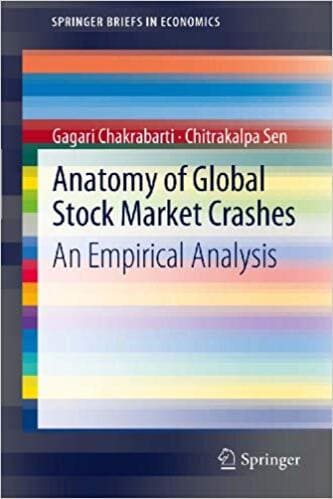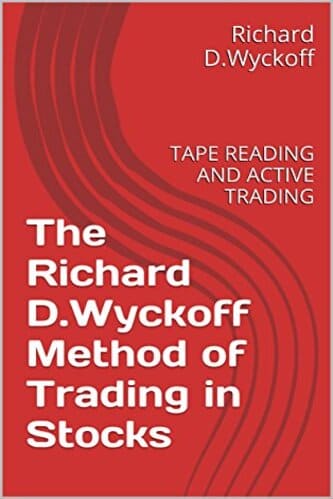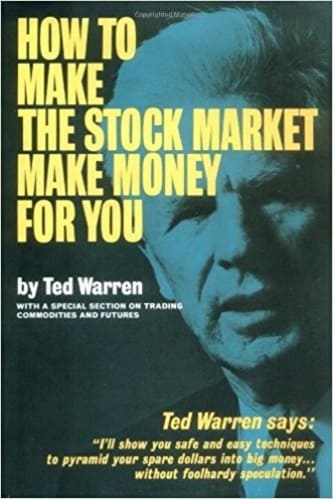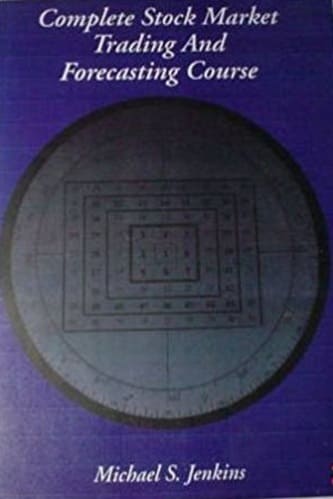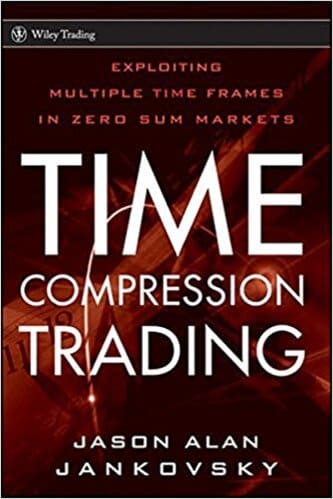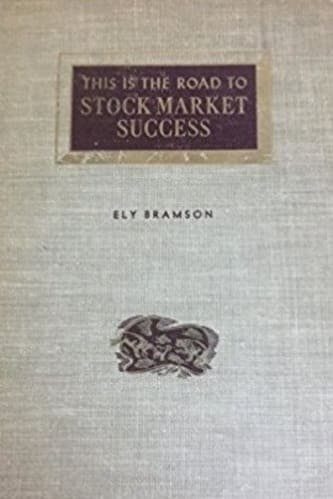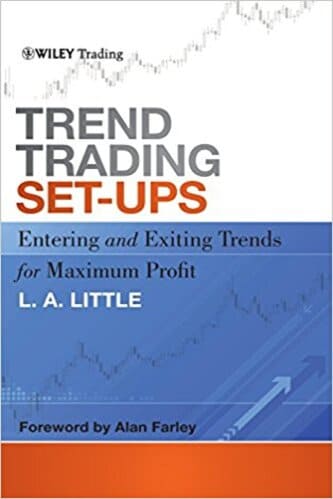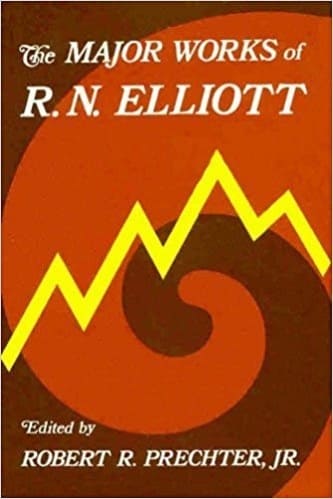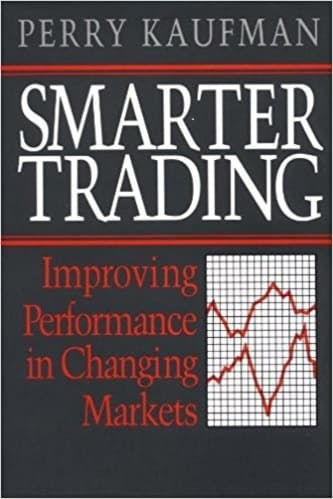Anatomy of Global Stock Market Crashes: An Empirical Analysis
$18.20
| Author(s) | , |
|---|---|
| Pages |
70 |
| Format |
|
| Published Date |
2012 |
Anatomy of Global Stock Market Crashes: An Empirical Analysis is an exploration of the global market dynamics, their intrinsic natures, common trends and dynamic interlinkages during the stock market crises over the last twelve years.
Introductions:
Looking back into history, financial crises have always been the norm, rather than exceptions. Starting from the Tulip Mania in 1630, economic and financial vulnerabilities have generated waves of financial crises in the world economy. Not all the crises, by nature, however have been the same; rather they came in different forms and had different origins. While some of these remained confined to the domestic or regional boundaries, most of them reverberated, in no time, from the peripheries to the center with an ultimate devastating impact on the real economy.
In this newfangled knowledge-driven financially integrated era such speedy spread of crisis is almost inevitable. The financial crises of early days, for example, those in France and Britain during the latter half of the 1710s remained confined to the regional territory. The first significant global crisis has probably been the panic of 1825 that initiated in Britain and eventually spread to the markets of Europe and Latin America. Since then, the global economy collapsed many a times.
Panic spread from the US to countries of Europe, Asia and Africa in 1857. Apart from some regional crises in 1819, 1837, 1866 and 1893, global economy witnessed catastrophic crashes in 1873, 1907 and most importantly, in 1929. The debt crises during the 1980s and the Internet bubble during the last few years of the twentieth century were followed by a global financial meltdown that was on track since mid 2007. This crisis has often been described as the worst financial crisis since the one related to the Great Depression of the 1930s.
Financial crises are often seen as ‘‘Black swan’’: events that are fatal but improbable and extremely difficult, if not impossible, to predict (Taleb 2007). There is then, no single path that financial crises could follow. However, treating financial crises as ‘‘Black swan’’ ignores the fact that although the crisis gearing mechanism differs from one crash to another, they have much in common. Almost all crises are crises of confidence that begin when an initial boom turns into a bubble. But, what makes a boom take on the path of a bubble? A silver line does have its clouds and each boom brings into its train a potential bubble.
A typical bubble begins with a ‘precipitating factor’ such as development of a new product, process or a theory that seems unique to the investors. This is usually followed by an ‘amplification mechanism’ generally in the form of assertions from media and like institutions that reinforce the view and the resulting stock price hike that convinces the investors about the emerging opportunities (Farlow 2002).
People coming from almost every segment of society—from the business magnets to small investors; from the researchers and economists to the nonchalant observer of the economy seem to keep faith on the four most dangerous words in finance—‘‘this time is different’’. Investors start believing that the traditional rules no longer apply, the current price rise is different from bubble, the market is flawless, and most importantly, the boom will continue even in the presence of irrational exuberance. The initial increase generates expectations of further increase and attracts new buyers—normally speculators.
The rule of the game now becomes ‘momentum’—stay close to the herd and track everyone else. Rational investors who realize that ‘‘not all of it is legal and not all of it is wealth’’ (Varian 2003) are crowded out or find it difficult to bet against the bubble to stop it in its track.
The bubble bursts when the initial euphoria turns into retreat and triggering of a wreck usually have ‘‘no triggering news event…much of the drama of the market lies in its short term gyration’’ (Siegel 2000). The bubble bursts because stocks are going down as investors start selling them and people are selling them because stocks are going down; thereby initiating the crisis. The irrational exuberance in no time turns into irrational depression, ‘‘scarcely any one knows whom to trust’’ (Bagehot 1873).
Regardless of how the upward journey is initiated or how people rush to join the speculative mania, the story repeats itself in all the financial crises. Thus, Roubini and Mihm (2010) prefer to call financial crises a ‘‘white swan’’: the fact that a crisis is looming large might well be predicted but the daunting task is to stop it in its track.
This study considers a period when the global economy has already been transformed into the so-called ‘‘new economy’’. The study has analyzed the significant crises that broke out in this knowledge-driven, knowledge-based and highly integrated global economy. Over a period of thirteen years, from 1998 to 2011, the study isolates two major crises that ultimately assumed global dimension having terrifying spill-over into the real economy.
The first one (during 1999–2000) relates to the Internet bubble and the second one (during 2007–2008) has often been referred to as the worst financial crisis ever, since the one related to the great depression of 1929. The study is based on thirty stock markets from all over the globe. The market capitalization weighted bench market indexes that are representative of their own economy have been selected from each of these markets. From the North American Region, the study selects Dow Jones 30, S&P 500 and NASDAQ (US), Mexico IPC (Mexico) and S&P/TSX (Canada).
From the European Region, the study selects CAC-40 (France), DAX (Germany), FTSE 100 (London), ATX (Austria), Madrid General (Spain), AEX General (Netherlands), Swiss Market (Switzerland), Bel20 (Belgium), OSE All Share (Norway), and Stockholm General (Stockholm). All Ordinaries Index (AORD) and NZSE 50 are chosen from Australia and New Zealand, respectively. MerVal (Argentina) and Bovespa (Brazil) are selected from the South American Region.
From the Asian Region, the study picks BSE SENSEX (India); Shanghai Composite (China), Nikkei 225 (Japan), Hang Seng (Hong Kong), Straight Times (Singapore), Jakarta composite (Jakarta), KLSE composite (Malaysia), TWII (Taiwan) and Seoul Composite (Korea). CMA (Cairo) and TA100.TA (Tel Aviv) are considered from the Middle East and African countries. While analyzing the nature of financial crisis in this ‘‘new economy’’ the study deals with some specific issues. Particularly, it seeks to answer the following set of questions:
- What has been the nature of stock price movements around the different stock market cycles?
- Is it possible to differentiate between any crisis that remains confined to the region and those which take up a global dimension?
- Is it possible to trace out presence of intra-regional and inter-regional association and/or global financial integration? And, if so, what is the source and nature of such contagion?
- Is it really the case that all financial crises by nature, have much in common among them?
- Are global markets intrinsically unstable where unpredictability, disorder and discontinuities are inherent and not aberrations? And, if that is so, what are its implications for investors and policy makers?
Contents:
- Stock Market Cycles and Volatility Regime Switch
- Crises and Latent Structure in the Global Stock Market
- Global Stock Market, Knife-Edge Stability and the Crisis
Anatomy of Global Stock Market Crashes: An Empirical Analysis By Chitrakalpa Sen, Gagari Chakrabarti pdf

